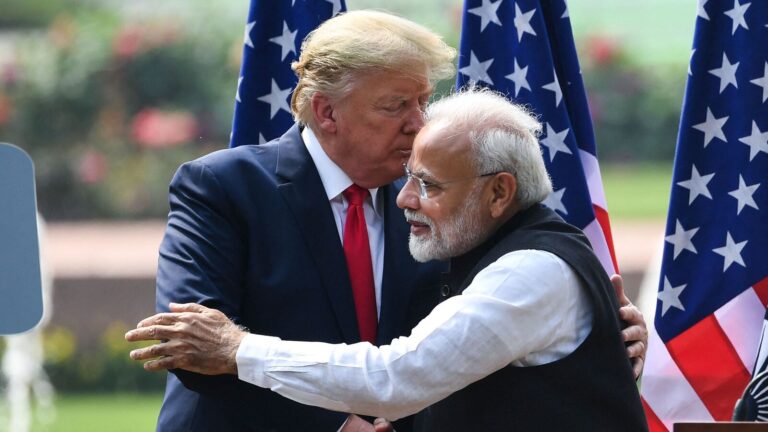Stock market crash: Amid uncertainty about what’s holding back the India-US trade deal, the Indian stock market witnessed heavy selling last week. The Nifty 50 index gave up nearly 400 points from its weekly high and ended below the 50-DEMA support of 24,900. Amid fear of more downside in the key benchmark and broad market indices, experts have suggested that retail investors come out of the India-US trade deal euphoria. They advised investors to look at the reality of Trump’s tariffs even when the India-US deal is signed. They said signing the India-US deal may work as euphoria for Dalal Street. However, Trump’s tariffs post-India US deal will dominate the markets.
Advising retail investors to remain cautious about the India-US trade deal euphoria, Avinash Gorakshkar, SEBI-registered fundamental market analyst, said, “The India-US trade deal is about ensuring the interest of the two economies. One should remain vigilant about what India gets for its IT, pharma, and textile industries. If the deal fails to address the interests of the Indian IT, pharma and textile industries, we may see a big crash further on Dalal Street.”
India-US trade deal euphoria
Highlighting the reality of Trump’s tariffs, even when the India-US trade deal is signed, Avinash Gorakshkar said, “Despite the market euphoria, the fact remains that on December 31 last year, the average aggregate US tariff on imported goods was around 2.5%. So even if that ends up in the anticipated 15-20% range, it will still be at least six times what it was only a few months ago, and comfortably the highest it has been since the 1930s.”
Suggesting retail investors look at the relative tariffs against the trading partners, VK Vijayakumar, Chief Investment Strategist, Geojit Investments Limited, said, “What matters is not the absolute tariff rate, but the relative tariff vis-à-vis our trading competitors. In recent trade deals, the US has imposed a 19% tariff on Indonesia and a 20% tariff on Vietnam. Tariffs above 15% are likely on most countries.”
Therefore, if India succeeds in negotiating a tariff rate between 15% and 20%, that can be considered reasonable in the present circumstances. A low tariff rate enabling developing countries to export to the US and benefit from that cannot be expected from the Trump administration, which is focused on MAGA.
“Present trends indicate that a base tariff rate of 15% will remain for most countries. Even when the base tariff rates are lower at 10%, like for the UK, there are higher rates for goods like steel and aluminium,” VK Vijayakumar of Geojit Investments Limited said.
Trump’s tariff reality
US Treasury Secretary Scott Bessent recently estimated that tariff revenues this year could reach $300 billion, which is equivalent to around 1% of the US GDP. Extrapolating last year’s goods imports of $3.3 trillion to next year, a 15% levy could raise close to $500 billion, or just over 1.5% of GDP.
India-US trade talks
Chairman of the 16th Finance Commission Arvind Panagariya recently said that the proposed India-US trade agreement will be a big boost, making India a very attractive location for investors and resulting in liberalisation by the country.
“A lot of the current things that are underway are very exciting,” Panagariya said during an interaction hosted at the Consulate General of India in New York last week, adding, “In particular, I want to mention the US-India trade agreement that is being negotiated. Also, the India-European Union agreement.”
Once the India-US trade deal happens, the one with the European Union will also happen and “that door will open very conveniently,” he said.
With these two trade deals, India will have an open market with the European Union and the United States. These are the two largest markets. For any future investor, that makes India a very attractive location because effectively, the friction that is there on the border will melt away, and that is going to be an absolute game changer,” Panagariya said.
Disclaimer: The views and recommendations made above are those of individual analysts or broking companies, and not of Mint. We advise investors to check with certified experts before making any investment decisions.
